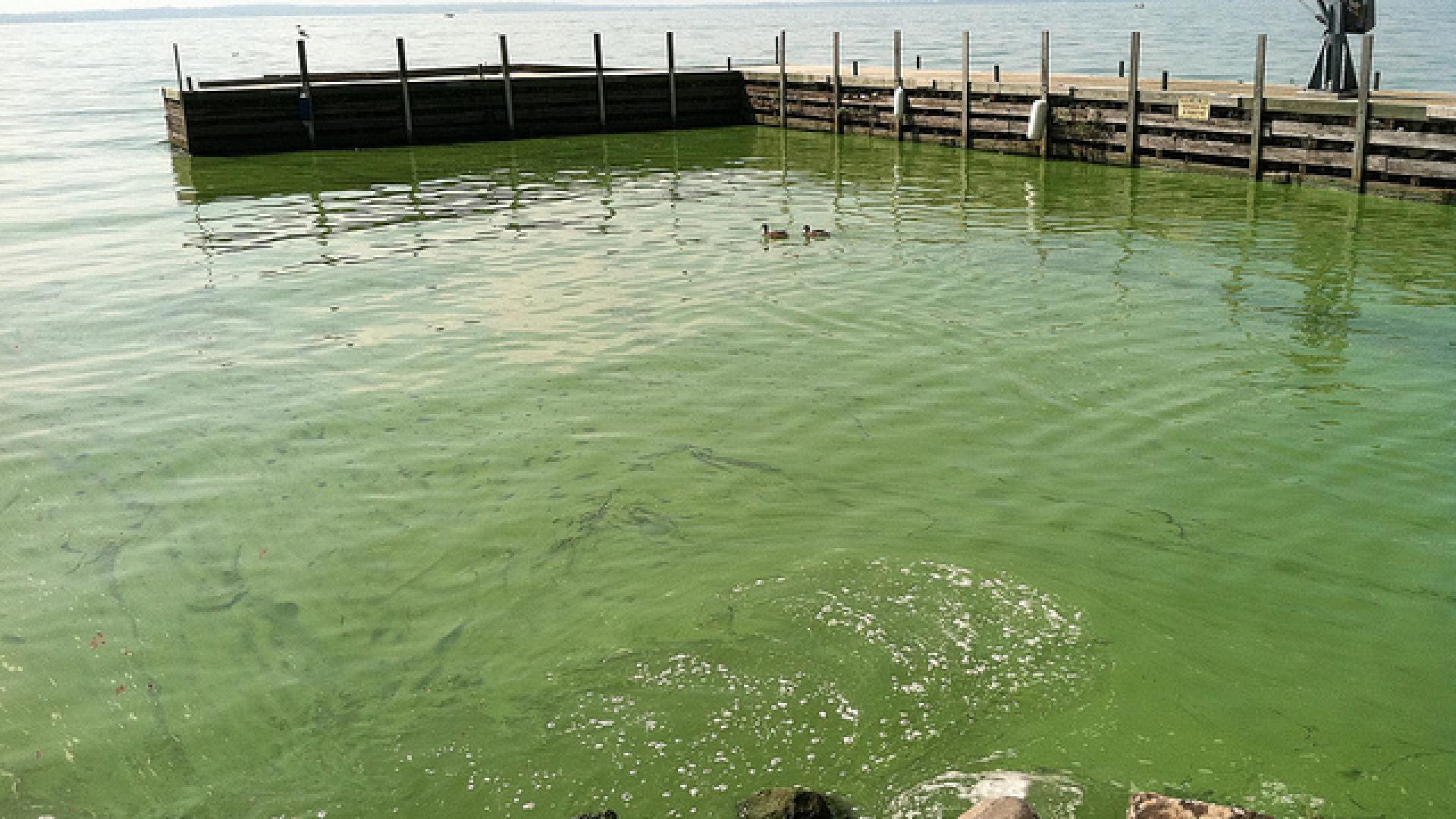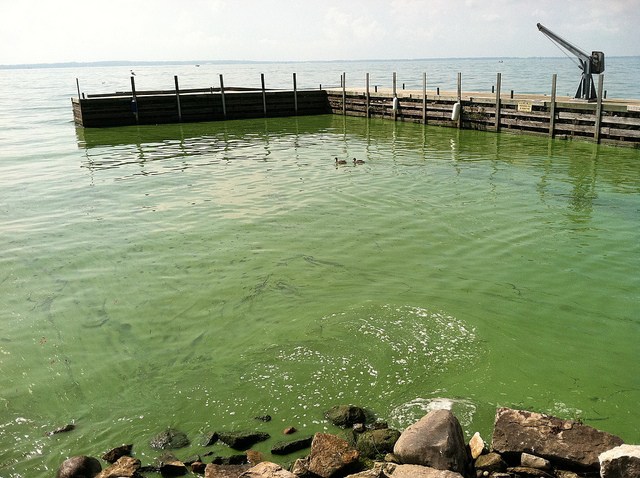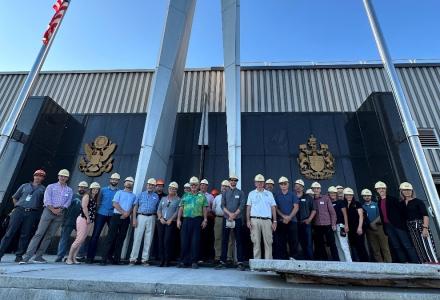
If you know “The Lorax” by Dr. Seuss, you may remember the line: “I hear things are just as bad up in Lake Erie.”
That line was later removed, after the lake bounced back in the 1980s. Conditions have deteriorated again, however, and the IJC is working to keep Lake Erie line out of future Lorax editions. We’re just kidding, of course --- about the book, not the water quality.
Lake Erie is a priority for IJC. Our U.S. Section Chair, Lana Pollack of Ann Arbor, Michigan, spoke at the recent 8th Annual Lake Erie Waterkeeper Conference at Lourdes University in Sylvania, Ohio, to hammer that point home.
Under the Great Lakes Water Quality Agreement between Canada and the U.S., the IJC is tasked with advising the governments on how to improve Great Lakes protection, and anticipate and prevent new threats.
Last year, commissioners chose four priorities to guide its work through 2015. Perhaps the most compelling is to figure out the reason for declining water quality in Lake Erie --- including a resurgence in algal blooms --- and recommend strategies to get the lake back in order.
We can’t afford to let Lake Erie suffer. And we’re not willing to accept that it will take many years to restore Erie to health.
For that reason, we’ve set an ambitious goal. By 2015, we’re aiming to measurably reduce algae, and dissolved reactive phosphorus, which contributes to the green scum washing up on Lake Erie beaches.

An algal bloom in Lake Erie, Kelley's Island, October 2011. Photo via NOAA Great Lakes Environmental Research Laboratory.
The Great Lakes Water Quality Agreement, updated last year, actually gives the governments up to five years to put plans into place to deal with phosphorus inputs into Lake Erie.
We think the problem requires more urgency. So, through findings and recommendations, the IJC plans to make it clear that action is needed sooner than later.
We’ve given a name to this task: the Lake Erie Ecosystem Priority, or LEEP. We’d like the lake to improve by leaps and bounds, you might say.
We hope to deliver a final report to the governments with advice on how to help restore the lake this September, during Great Lakes Week in Milwaukee.
But even as we press forward to write IJC’s 2013 “final” report on recommended actions to control phosphorus, scientists are telling us to be prepared for further challenges linked to climate change and other variables.
Warmer waters, less ice cover and unknown precipitation patterns are just a few of the uncertainties that are sure to demand that we stay alert and ready to adapt new management practices. And even as we stay nimble enough to respond to rapidly changing conditions, we also need to consider the long view. Though none of us will be here to enjoy Lake Erie 100 years from now, it’s not too soon to contemplate how our energy and water decisions today will impact those who will be fishing on this Great Lake a century from now.
See Also: Less Algae in Lake Erie by 2015





